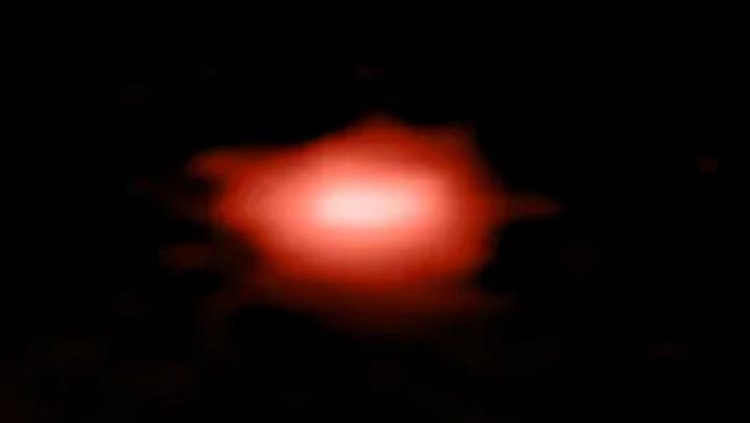James Webb Space Telescope: NASA's James Bebb Telescope discovered the oldest galaxy in the universe
The galaxy discovered by NASA's telescope. She existed when the universe was only 300 million years old, in cosmological terms, when Brahman was in his infant stage.

America's space agency NASA's largest space telescope James Webb Space Telescope is in discussion again these days. This time the James Webb Space Telescope has discovered the oldest galaxy in the universe. This discovery of the telescope is being considered a milestone in the work being done in the field of the Milky Way. It is expected that this discovery of this telescope of NASA will prove helpful in understanding the whole universe better. NASA launched the James Webb Space Telescope last year. On whose behalf the pictures recorded have remained the center of discussion in the country and the world for the past few days.
In fact, India Today has published a report regarding the discovery of this telescope of NASA. In which detailed information has been given about these galaxies.
The galaxy when the universe was in its infancy
The galaxy discovered by NASA's telescope. It existed when the universe was only 300 million years old, cosmologically speaking, when the universe was in its infancy, it was the existence of these galaxies. After these galaxies were discovered by the telescope, their data has been analyzed by a team of researchers from the Grism Lens-Amplified Survey from Space (GLASS), which is part of preliminary scientific work by the Webb telescope. After this, this galaxy has been seen as Glass-Z11 and Glass-Z13, the oldest galaxies in the universe.
This galaxy is 33 billion years away from us
The light from GLASS-z13 has taken about 13.4 billion years to reach the spacecraft's mirrors, which is located about 15,00,000 kilometers from Earth. It took more than a billion years, while the Milky Way is now located about 33 billion light years away from us. Because the universe rapidly expands in size. Astronomers have yet to unequivocally answer when and how the first galaxies formed, and it remains an intriguing question in the world of astronomy.
In a study published in Preprint, researchers led by Rohan Naidu of the Harvard-Smithsonian Center for Astrophysics said that GLASS-z11 shows a markedly expanded exponential light profile, potentially consistent with a disk galaxy. The team said in a preprint paper that our analysis is based on datasets from some of the first telescopes that have been observed and released in extragalactic regions. Specifically, we analyze two early release science programs GLASS and CERS.







